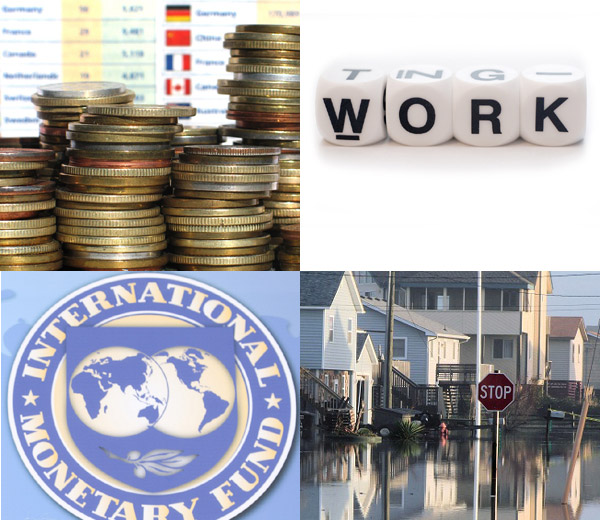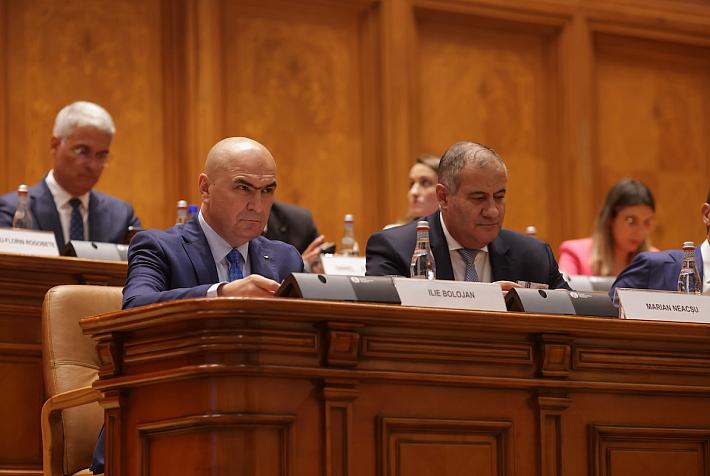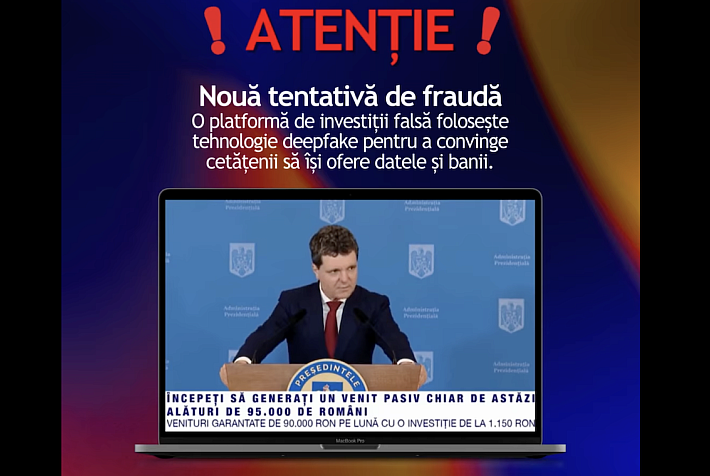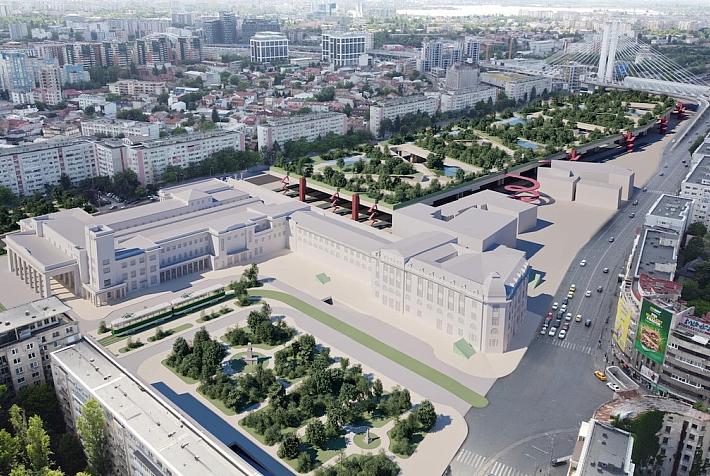 Romania started 2010 under the shadow of the International Monetary Fund (IMF), which, together with the European Commission and the World Bank, gave the country a EUR 20 billion loan in 2009 to weather its economic storm. Initially set out as a safety net loan, the money proved to be life saving. But, as with any loans, this came with a set of strict conditions and paved the way for another loan, expected for 2011.
Romania started 2010 under the shadow of the International Monetary Fund (IMF), which, together with the European Commission and the World Bank, gave the country a EUR 20 billion loan in 2009 to weather its economic storm. Initially set out as a safety net loan, the money proved to be life saving. But, as with any loans, this came with a set of strict conditions and paved the way for another loan, expected for 2011.
By Corina Saceanu
VAT hike and public system layoffs; more insolvency recorded
The country had to reduce its public spending to meet the IMF budget deficit targets of 6.8% of GDP. To do so, Romania increased the VAT mid-year, from 19 to 24%, placing it amongst the highest in the EU. The increase was made with remarkable speed, forcing retailers to change prices nearly overnight to comply. Despite analysts’ warnings that the increase will lead to an inflation hike, the Government’s measure assures budgetary funds. Another unpopular measure was a 25% cut in state clerks’ salaries, in addition to layoffs in the public sector. With some 27,000 lay-offs already, the Government has committed to an additional 74,000 by years’ end. An attempt to decrease state pensions ended in failure after the Romanian Constitutional Court ruled the measure unconstitutional. It would have meant disaster for some of the 5.5 million pensioners in the country. Still, the measure was an IMF condition, and its failure meant Romania was close to losing one of its loan installments. The measures came during a worsening situation in the private sector, with some 30,000 insolvencies expected by years’ end; and most remaining companies posted declines in the first part of the year, including the large private companies that used to fuel economic growth.
Fewer foreign investments, Fiscal Code changes
Meanwhile, foreign investors looked elsewhere on the world map, as the volume of foreign direct investments (FDI) dropped massively. FDI barely reached EUR 1.8 billion in the first half of the year, covering just half of the country’s current account deficit. The year before, Romania had EUR 4.8 billion in FDI, which at the time was just half of the amount in the peak year 2008. Companies were hit by yet another change in 2010. The Government changed the Fiscal Code midyear, expanding the tax base, in an attempt to further increase budget revenues while fighting tax evasion. Property taxes rose, setting different tax levels for those who own more than one property; and Romanians now pay taxes on meal, gift and holiday vouchers, as well as on bank deposits- including interest on their current accounts.
Unemployment and indebtedness up; Central Bank cuts key interest rate
These all spelled trouble for Romanian workers. Unemployment grew to 7.44 percent mid-year (700,000 people), 1.44 percentage points higher than the same period last year. Shortly after announcements of the unpopular measures, Romanians went to organizing street protests, but state employee strikes in the first part of the year were too small to have any real impact. Disparate
protest actions were organized on the fly with public transport – such as metro and bus systems suspended.
At the same time, the level of Romanian indebtedness reached worrying levels for the Romanian Central Bank (BNR). Around 4.5 million Romanians have bank loans, 500,000 of which fall into the riskiest category – with up to three loans. The total debt of this group, EUR 3.2 billion, has a 13.2 percent default rate. Additionally, the number of late payments increased by 80 percent compared to 2008.
This trend has also affected local banks, most of which posted decreased profits in the first part of the year, while lending activity virtually halted. The only types of loans still consistently sold were mortgages through the state-backed program called ‘First House’. The Romanian Central Bank cut the key interest rate from 7 to 6.25% in several consecutive meetings during the year, while keeping the minimum mandatory reserves for banks. This is the lowest key interest rate ever, and was kept at the 6.25% level to avoid further inflation.
Flooding, state of local health system, Rroma expelled from France make international headlines
With a more pessimistic approach than any downturn period since 1989, Romanians saw the quality of their lives depreciating. The mid-year flooding was another disastrous event for part of Romania and Moldova, where people lost their homes and their life savings. This was tough for the state budget as well, which gave victims assistance; total flood damage reached over EUR 400 million with more than 6,000 homes destroyed. In addition, this year’s crop was partially damaged by the flooding, which has lead to further increases in food prices. Moreover, the poor state of the Romanian health system was again scrutinized after a series of patients died in Romanian hospitals. The most severe was a blast killing five newborns in a Bucharest maternity ward at the end of summer.
The international review of this situation coincided with a Rroma expulsion campaign from France, which kept Romania in international newspaper headlines in the second part of the year.
We'll continue with the overview of mergers and acquisitions in Romania in 2010 and an overview of the political scene in the country. If you think something interesting happened in Romania in 2010 and we didn't cover it, drop us a line. Read the second part of this overview here.
corina@romania-insider.com

 Romania started 2010 under the shadow of the International Monetary Fund (IMF), which, together with the European Commission and the World Bank, gave the country a EUR 20 billion loan in 2009 to weather its economic storm. Initially set out as a safety net loan, the money proved to be life saving. But, as with any loans, this came with a set of strict conditions and paved the way for another loan, expected for 2011.
Romania started 2010 under the shadow of the International Monetary Fund (IMF), which, together with the European Commission and the World Bank, gave the country a EUR 20 billion loan in 2009 to weather its economic storm. Initially set out as a safety net loan, the money proved to be life saving. But, as with any loans, this came with a set of strict conditions and paved the way for another loan, expected for 2011.










